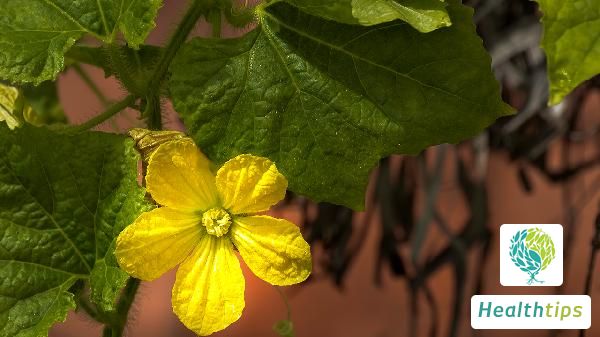What is the Traditional Chinese Medicine Diagnosis and Treatment for Nasal Turbinate Hypertrophy?
Nasal concha hypertrophy brings a lot of troubles to people. Here are several traditional Chinese medicine treatment methods for nasal concha hypertrophy. The syndrome of deficiency of lung and spleen qi manifests as: nasal mucosa and nasal concha swelling, light or pale red color, alternating nasal obstruction with varying severity, runny nose, cold-aggravated symptoms, mild head discomfort with a sense of fullness. Those with deficiency of lung qi may experience thin and sparse phlegm, shortness of breath, pale red tongue with thin and white coating, and floating and slow pulse. Those with poor spleen qi may have poor appetite, loose stool, body fatigue, pale tongue with white and greasy coating, and weak pulse.

1. Chinese Patent Medicines: ① Biyun Nasal Spray is used 3 to 4 times a day. ② 95% of鹅食草 (a herbal ingredient, transliteration maintained for context) and 5% of camphor are ground into powder, mixed evenly, and sealed in a bottle. It is wrapped in thin silk cloth for use. ③ Bitong ointment or Dibijing nasal drops are used 2 to 3 times a day.
2. Dietary Therapy: ① 6 grams of Xinxu (a herbal ingredient), 9 grams of Suye (a herbal ingredient), and an appropriate amount of ginger and scallion are boiled in water and taken as a decoction once a day for 3 to 5 doses consecutively. ② 9 grams of Sangye (mulberry leaf), 6 grams of Juhua (chrysanthemum), 9 grams of Tianxingren (sweet apricot kernel), and 60 grams of Jingmi (non-glutinous rice) are used. The first two herbs are boiled in water to remove dregs, and then sweet apricot kernel and non-glutinous rice porridge are added. This decoction is taken once a day for 8 to 10 doses consecutively.



















